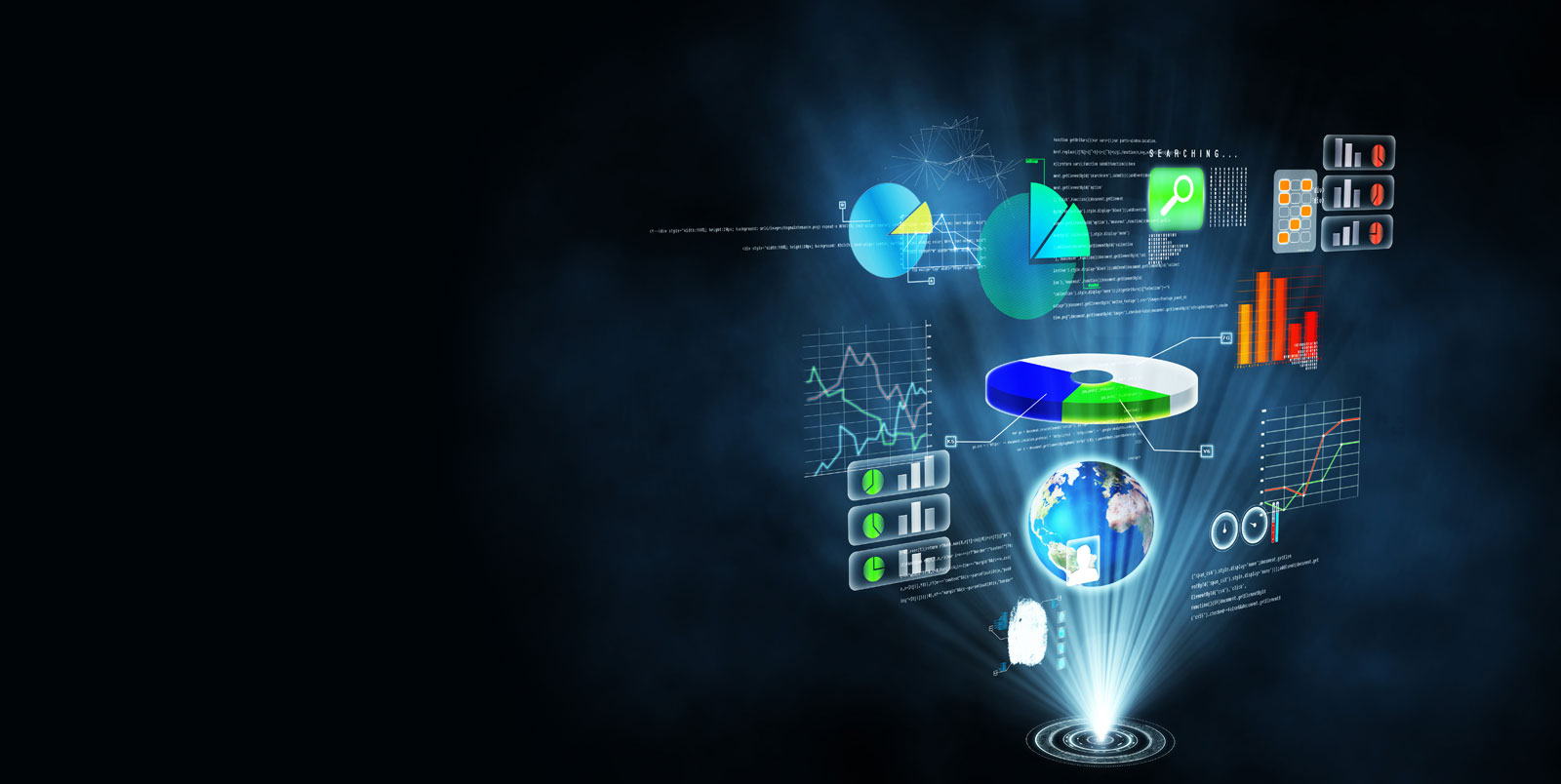Web Scraping in Data Science

The capacity to collect and analyze vast amounts of data rapidly is essential in the ever-changing field of data science. Web scraping fills this need by serving as a conduit between the massive body of unstructured web data and the organized formats that data scientists long for. We explore web scraping’s definition, uses, ethical issues, difficulties, and developing methods in this guide, with a focus on the practice’s significance for India’s rapidly developing data analytics industry.
- What is Web Scraping?
- Applications of Web Scraping
- Is Web Scraping Ethical?
- What is a Web Scraping Tool?
- Web Scraping Challenges
- Web Scraping Techniques in Data Science
- Advanced Web Scraping Techniques
- Ethical Web Scraping Practices
- Conclusion: The Role of BuzzyBrains in Web Scraping and Data Science
- Conclusion
What is Web Scraping?
Web scraping is a technique used to extract large amounts of data from websites. This process involves converting data that’s typically in an unstructured HTML format into a structured format like a spreadsheet or a database. While it can be done manually, this is often impractical due to the volume of data. Instead, specialized software or scripts, such as ParseHub, automate this task, making it efficient and scalable.
Web scraping has become an essential tool in the data science toolkit. It allows for the collection of vast amounts of data from the web, which can be critical for analysis and decision-making. Whether it’s tracking market trends, gathering competitor information, or monitoring social media, web scraping provides the means to do it effectively.
Applications of Web Scraping
The applications of web scraping are diverse and touch upon various sectors. In market research, it’s invaluable for gathering insights about competitors, understanding consumer preferences, and identifying market trends. SEO specialists use web scraping to monitor keyword rankings and backlink profiles, while in the financial sector, it’s used for collecting real-time data on stock prices and market sentiments.
Additionally, web scraping is instrumental in lead generation and gathering research data. Social media analysis, another significant application, relies on scraping to monitor brand presence and customer sentiment. These examples illustrate the indispensable role of web scraping across various sectors, making it a multifaceted tool in the data science toolkit.
Is Web Scraping Ethical?
Ethical web scraping is about respecting the boundaries set by websites. This includes adhering to a site’s robots.txt file and limiting the rate and volume of data requests to avoid disrupting the website’s normal functioning. Additionally, compliance with regulations like the General Data Protection Regulation (GDPR) is crucial, especially when handling personal data. Ethical scraping ensures that data scientists and organizations maintain integrity and respect for privacy and legal boundaries.
What is a Web Scraping Tool?
Web scraping tools come in various forms, including browser extensions, standalone software, and cloud-based web scrapers. These tools vary significantly in complexity and functionality. While browser extensions are suitable for simple tasks, more advanced scraping needs are met by standalone software. Cloud-based solutions, on the other hand, offer advanced features like automatic IP rotation to avoid detection and API integrations for seamless data storage and retrieval. These tools are designed to simplify the process of web scraping, making it accessible to a wider range of users.
Web Scraping Challenges
Web scraping faces several challenges. Dealing with dynamic web pages that load content asynchronously can be tricky. Anti-scraping measures implemented by websites, such as CAPTCHAs and IP bans, pose significant hurdles. Ensuring the accuracy and relevance of the scraped data is another challenge, as is maintaining the legality of scraping practices, especially when dealing with personal or sensitive information. Adhering to the terms of use of websites and navigating the legal landscape adds to the complexity of web scraping.
Web Scraping Techniques in Data Science
In data science, web scraping techniques often involve sending GET requests to web servers, parsing the HTML code of web pages, and extracting the needed data. The use of libraries, particularly in Python, has made web scraping more efficient and less cumbersome. Data scientists have at their disposal a range of tools and libraries, which have evolved from basic web crawlers to sophisticated systems capable of handling complex and large-scale data extraction tasks.
Advanced Web Scraping Techniques
As web scraping continues to evolve, data scientists are exploring advanced techniques to handle increasingly complex data extraction scenarios. One such technique involves using headless browsers, which simulate real user interactions with web pages, enabling the scraping of dynamically loaded content. This approach is particularly effective for scraping JavaScript-heavy websites.
Machine learning is also making its way into web scraping. Data scientists are using AI to improve the accuracy of data extraction, especially when dealing with unstructured data like images and videos. Machine learning algorithms can learn patterns and structures within web pages, making the scraping process more intelligent and efficient.
Another advanced area is the use of proxy servers and IP rotation techniques to bypass anti-scraping measures. By using multiple IP addresses, scrapers can avoid detection and blocking, ensuring continuous access to web data. These advanced techniques highlight the growing sophistication in web scraping, matching the complexity of modern web architectures.
Ethical Web Scraping Practices
Ethical web scraping is not just about adhering to legal standards; it’s about respecting the ecosystem of the web. Data scientists and developers must ensure their scraping activities do not harm the websites they extract data from. This involves avoiding excessive requests that can overload servers or disrupt services for other users.
An ethical approach also involves transparency in the use of scraped data. It’s essential to be clear about the purpose of data collection and to ensure that data usage complies with privacy standards and respects user consent. Data security is another critical aspect, as scraped data often contains sensitive information that must be protected from unauthorized access or breaches.
In the educational sector, web scraping can be used responsibly to gather open-source educational materials, enhancing learning resources without infringing on intellectual property rights. These practices demonstrate the importance of ethical considerations in web scraping, ensuring that this powerful tool is used responsibly and sustainably.
Conclusion: The Role of BuzzyBrains in Web Scraping and Data Science
As we explore the vast potential of web scraping in the field of data science, it’s essential to recognize the contributions of innovators and leaders in this domain, such as BuzzyBrains. BuzzyBrains, with its commitment to excellence in software solutions, is at the forefront of harnessing the power of web scraping and data analytics.
At BuzzyBrains, the focus is not just on employing web scraping techniques but on innovating and refining these methods to drive business insights and decision-making. Their approach to data extraction and analysis exemplifies the perfect blend of technological expertise and ethical practices, ensuring that data is not only gathered efficiently but also used responsibly.
BuzzyBrains stands as a beacon for businesses and data scientists alike, showing how web scraping can be a powerful tool for unlocking the potential of data. Their work in providing sophisticated, customized solutions highlights the company’s role in shaping the future of web scraping and data analytics.
By integrating advanced technologies, ethical practices, and continuous innovation, BuzzyBrains is not just participating in the data science revolution; they are leading it. Their contribution to this field is a testament to the transformative power of web scraping when executed with skill, responsibility, and a forward-thinking mindset. As we delve deeper into the digital era, the work of companies like BuzzyBrains will continue to be pivotal in turning the vast expanse of web data into actionable insights, driving progress and innovation in every sphere.
Conclusion
Web scraping is an indispensable skill in the toolkit of a modern data scientist. Its applications span across various domains, providing essential data for informed decision-making and strategic planning. However, as powerful as web scraping is, it comes with its own set of ethical, legal, and technical challenges. It’s crucial for practitioners to navigate these challenges responsibly, ensuring compliance with legal standards and ethical norms.
Understanding and leveraging web scraping effectively can transform raw, unstructured web data into a goldmine of insights. Whether it’s for market research, competitor analysis, or social media monitoring, web scraping provides the means to access and utilize the vast resources of the internet. With the rapid advancement in web scraping technologies and methodologies, its role in data science is only set to grow more significant.
Data science professionals and enthusiasts must keep abreast of these developments, continuously refining their skills and understanding of web scraping techniques. It’s not just about extracting data; it’s about doing so responsibly, efficiently, and ethically.
In India, the burgeoning field of data analytics is a testament to the power of web scraping. Companies leveraging this technology are gaining invaluable insights into markets, consumers, and competitors. They are setting new benchmarks in data-driven decision-making, showcasing the transformative impact of web scraping in the realm of data science.
